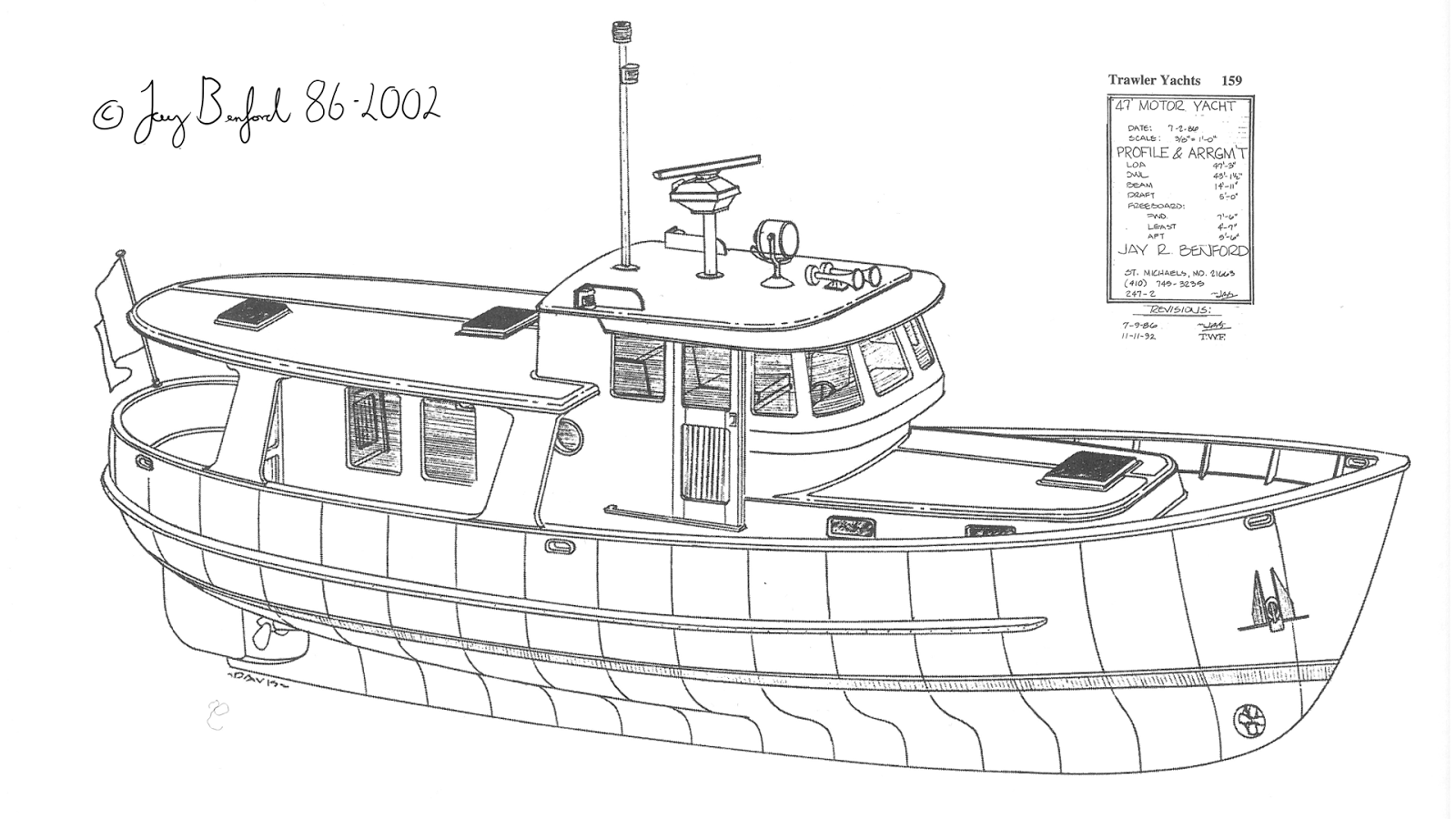Beyond the Blueprint: Unveiling Fresh Perspectives on Stitch-and-Glue Boat Plans
Stitch-and-glue boatbuilding, with its elegant simplicity and surprising strength, has captivated hobbyists and professionals alike. But beyond the readily available plans, a world of untapped potential exists. This article delves into often-overlooked aspects of selecting and utilizing stitch-and-glue plans for small and medium-sized vessels, offering fresh perspectives for experienced builders and newcomers alike.
The Unsung Hero: Material Selection Beyond the "Recommended"
Most plans suggest specific plywood types. But what if your local supplier only stocks a slightly different grade? Or, what about exploring alternative materials entirely?
Q: Can I substitute plywood types? What are the implications?
A: Absolutely, but with caution. Substituting plywood requires understanding the implications of different grades and species. A plan calling for marine-grade Okoume might still work with a higher-grade Baltic birch, but the strength and weight will vary. Consult engineering resources like the Boatbuilding Manual by Michael Storer to calculate these differences and adjust your build accordingly. Consider using a finite element analysis (FEA) software, if accessible, for complex hull shapes to predict stress distribution.
Q: What about exploring alternative materials like fiberglass-reinforced polymers (FRP) or even sustainably sourced bamboo plywood?
A: While traditionally associated with more advanced techniques, integrating FRP into your stitch-and-glue project can increase durability and potentially reduce weight. Sustainably sourced bamboo plywood offers a compelling eco-friendly alternative. Research the material properties thoroughly and adjust your plans accordingly â€" this may involve contacting the plan designer for guidance.
Beyond the Lines: Optimizing Design for Your Needs and Environment
Pre-made plans are a great starting point, but they rarely cater to individual preferences or specific environmental conditions. Let's explore some customization options.
Q: How can I adapt a design for specific water conditions?
A: A plan designed for calm lakes might be ill-suited for coastal waters. Consider modifying the hull shape for increased stability or adding features like a higher freeboard to handle rougher seas. This might involve consulting with a naval architect or using specialized CAD software to test different modifications.
Q: Can I integrate modern technology like electric propulsion or solar panels seamlessly into the design process?
A: Definitely! Integrating renewable energy sources and electric motors is becoming increasingly popular. This requires careful consideration of weight distribution, battery placement, and the overall electrical system. A well-planned integration not only enhances sustainability but can also simplify the overall design by reducing the need for a traditional combustion engine and fuel tank.
The Human Element: Learning from Real-World Experiences
One builder's success story can illuminate countless challenges. Let's learn from those who have walked this path.
Story 1: A hobbyist in Maine adapted a 12-foot dinghy plan, utilizing locally sourced cedar strips for added aesthetic appeal and a lighter overall weight. He encountered challenges with the cedar's less predictable properties but learned to compensate, showcasing the value of adaptability.
Story 2: A group of students at a maritime academy modified a larger plan, integrating a hydrofoil design, resulting in a vessel with unexpectedly high speeds. However, they experienced some instability at low speeds, revealing the importance of thorough testing and refinement.
These real-world examples emphasize that stitch-and-glue boatbuilding is an iterative process. Don't be afraid to experiment, document your learnings, and share them with the broader community. Online forums and woodworking communities are invaluable resources for troubleshooting and finding creative solutions.
By approaching stitch-and-glue boatbuilding with a curious mind and a willingness to adapt, you can unlock a world of possibilities beyond the standard plans, creating a vessel truly unique to your skill, vision, and the environment you intend to navigate.








